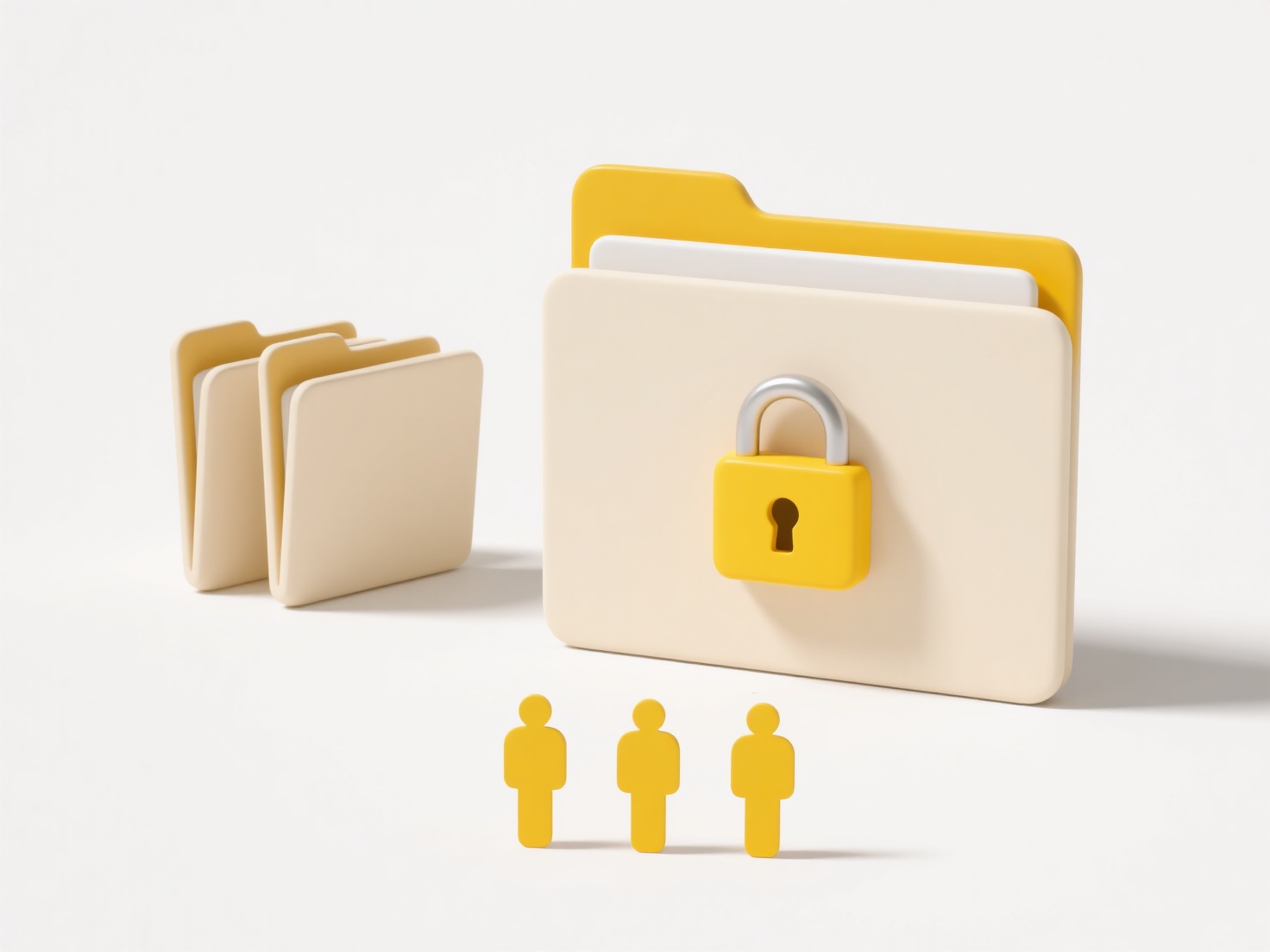
Archiving exported data involves securely storing copies of data that have been extracted from an active system for long-term retention. It differs from regular backups, which focus on recovery, by prioritizing preservation and access to finalized or historical information, ensuring it remains unaltered and retrievable for future reference, compliance, or analysis.
Common examples include archiving CSV or database exports from customer relationship management (CRM) systems after customer migrations to ensure historical records are preserved. Industries like finance or healthcare might routinely archive exported transaction logs or patient visit records to secure storage for years to meet legal or regulatory obligations.

Archiving provides benefits like reduced storage costs on active systems and simplified auditing processes. However, key limitations include the risk of file format obsolescence and potential data degradation over time ("bit rot"). Ethically, organizations must ensure archived data containing personal information remains protected according to privacy laws. Future archiving increasingly uses cloud object storage with automated integrity checks for durability, ensuring data remains usable and secure decades later.
How do I archive exported data?
Archiving exported data involves securely storing copies of data that have been extracted from an active system for long-term retention. It differs from regular backups, which focus on recovery, by prioritizing preservation and access to finalized or historical information, ensuring it remains unaltered and retrievable for future reference, compliance, or analysis.
Common examples include archiving CSV or database exports from customer relationship management (CRM) systems after customer migrations to ensure historical records are preserved. Industries like finance or healthcare might routinely archive exported transaction logs or patient visit records to secure storage for years to meet legal or regulatory obligations.

Archiving provides benefits like reduced storage costs on active systems and simplified auditing processes. However, key limitations include the risk of file format obsolescence and potential data degradation over time ("bit rot"). Ethically, organizations must ensure archived data containing personal information remains protected according to privacy laws. Future archiving increasingly uses cloud object storage with automated integrity checks for durability, ensuring data remains usable and secure decades later.
Quick Article Links
Why do some shared files show “Request access”?
The "Request access" notification appears when attempting to view or edit a shared file because you don't currently have...
Is it better to use software or manual sorting for photo organization?
Is it better to use software or manual sorting for photo organization? Organizing photos manually involves individuall...
How do I rename files while keeping embedded metadata intact?
Renaming files typically refers to changing their displayed name without altering the file's core data content. Embedded...